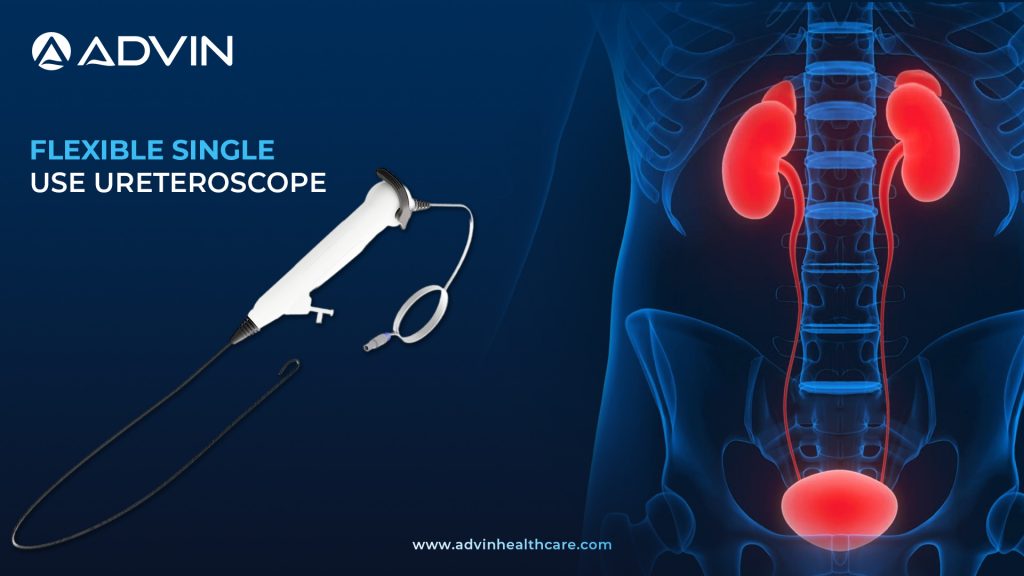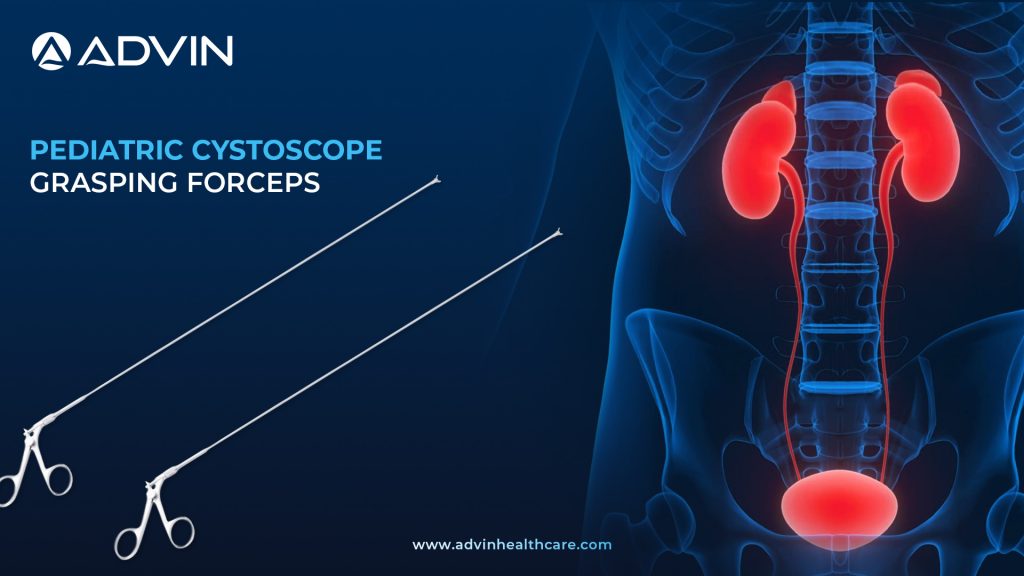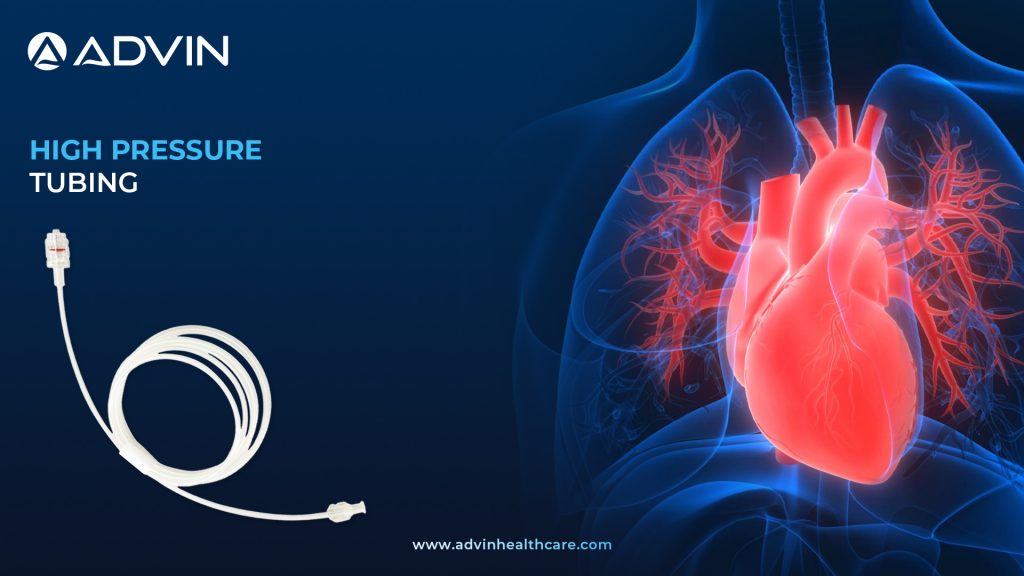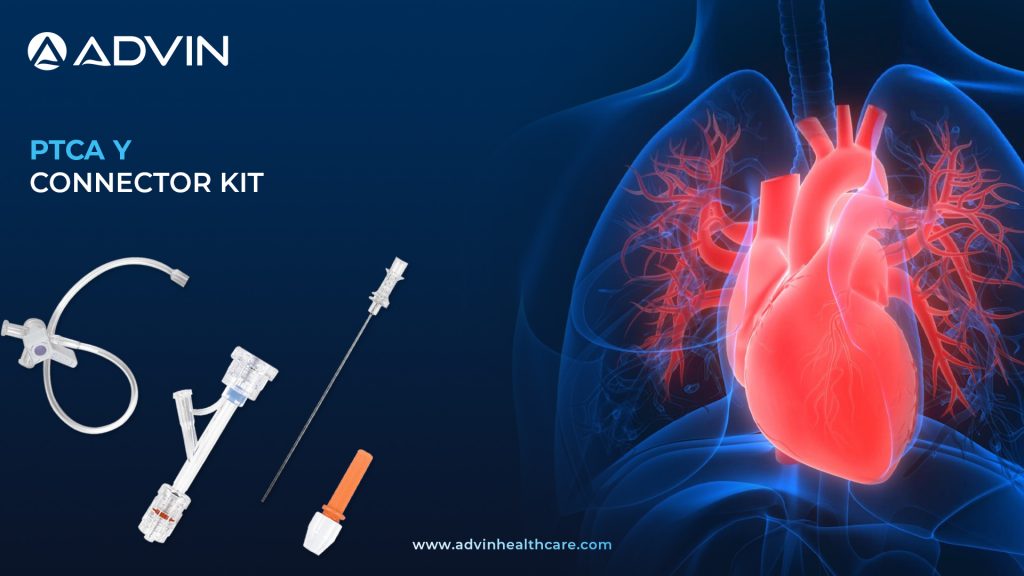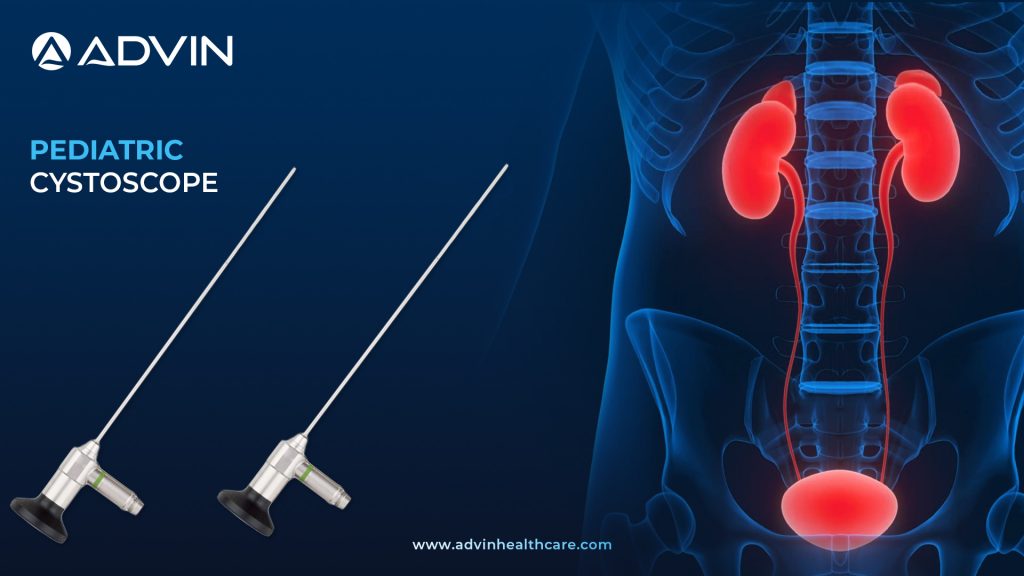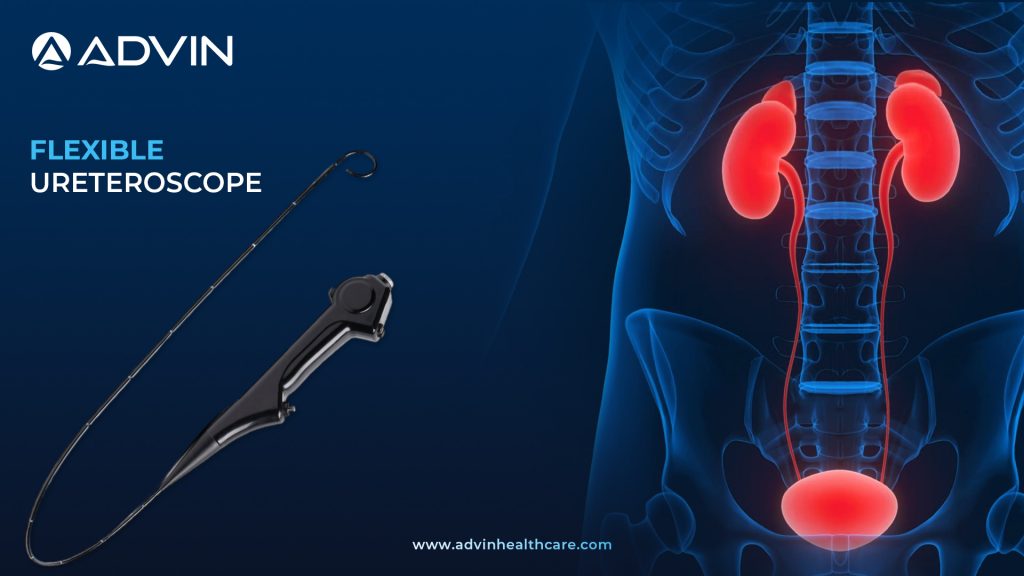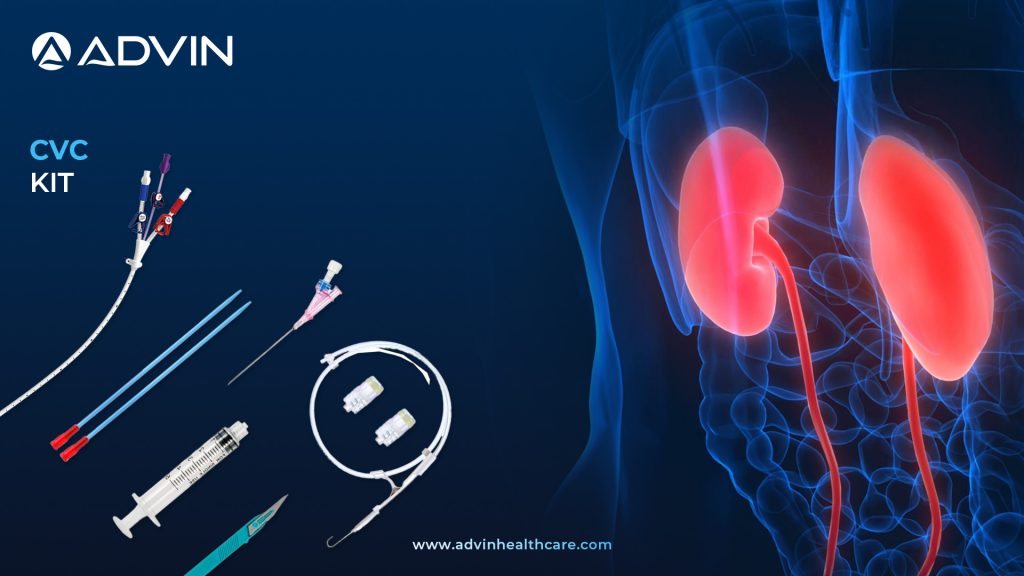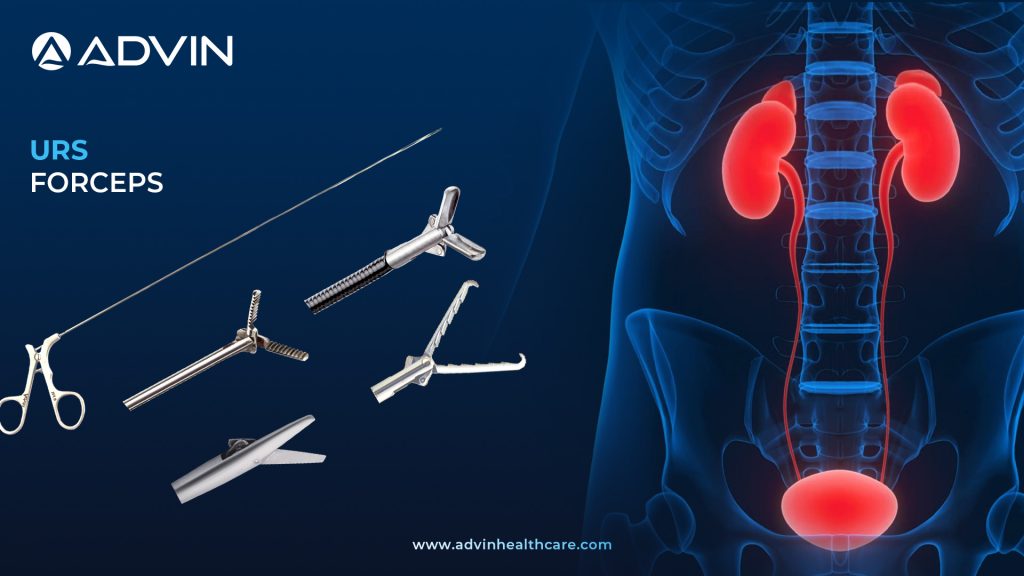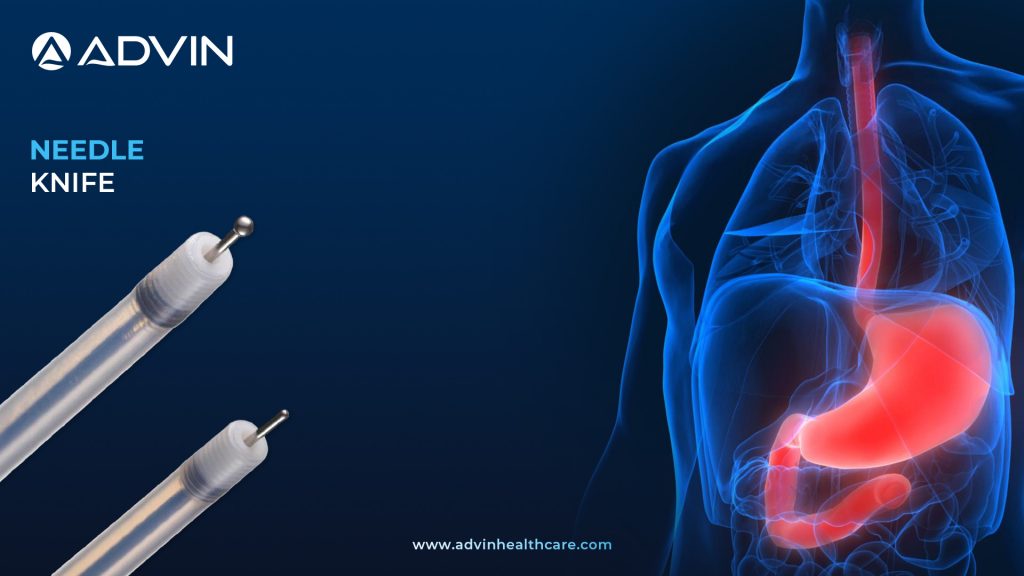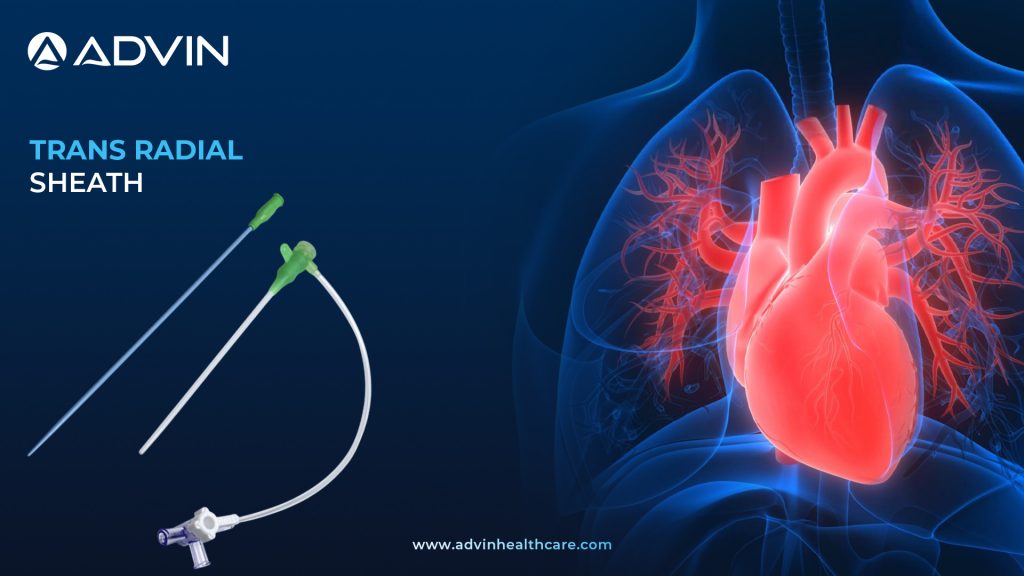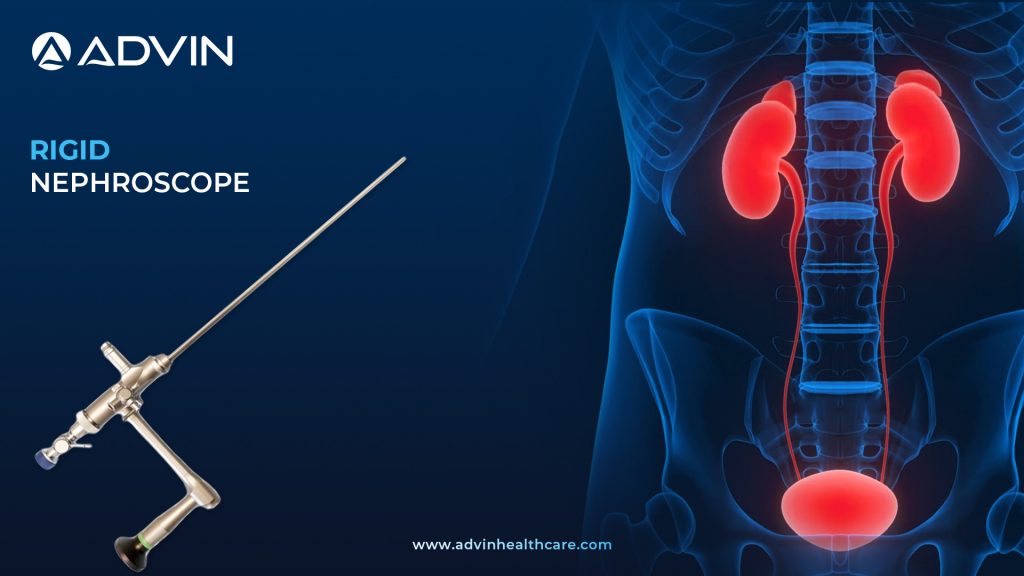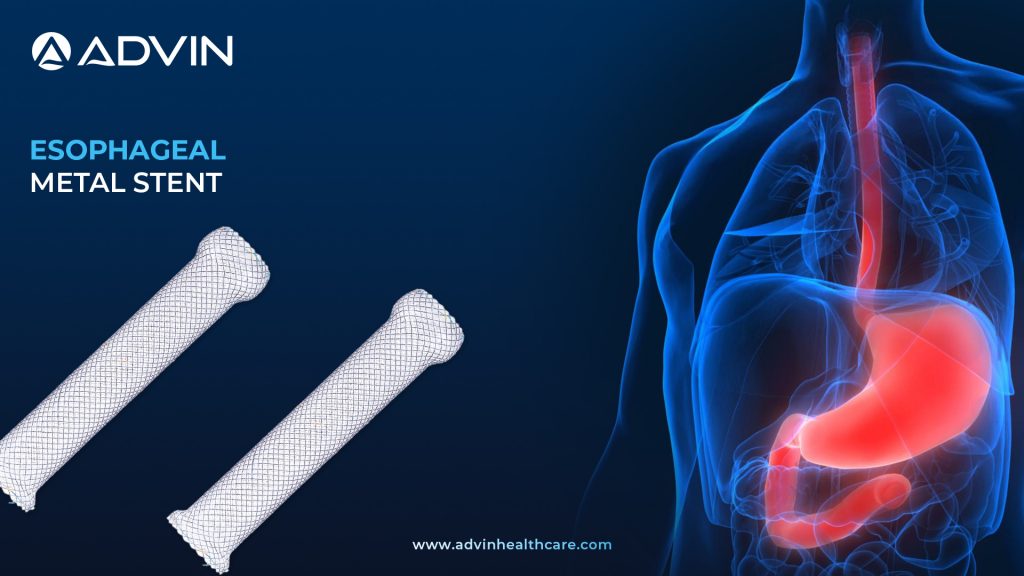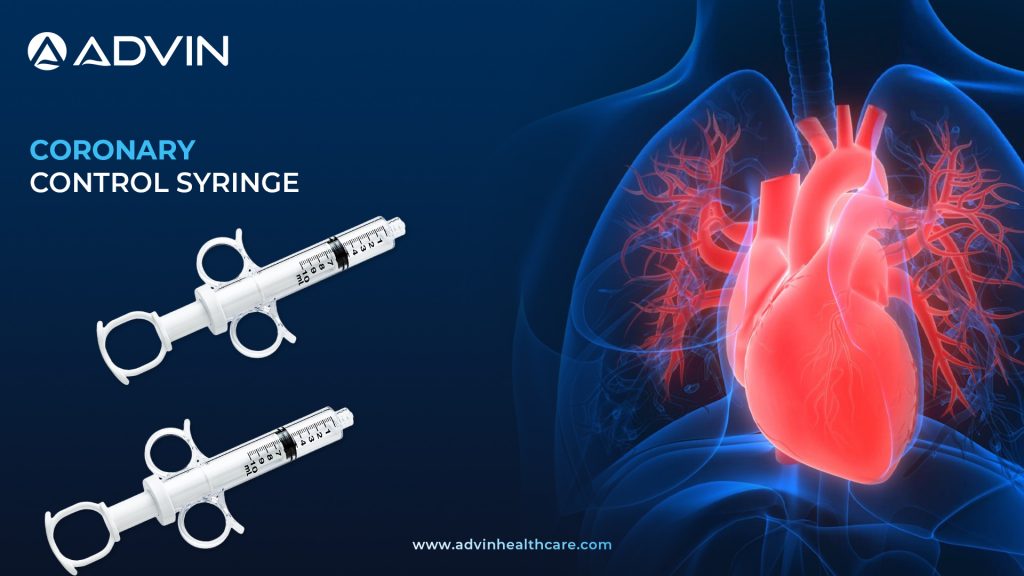Flexible Single Use Ureteroscope – Hassle-Free Flexibility with Every Procedure
 admin
admin
 June 28, 2025
June 28, 2025
Introduction to the Flexible Single-Use Ureteroscope: Sterile Access for Advanced Urology A Flexible Single Use Ureteroscope is a disposable endoscopic device used to visualize and access the upper urinary tract. It allows safe inspection and treatment of conditions within the ureters and kidneys. Designed for single use, it eliminates the...
Read More
Pressure Transducer Set – Designed for Stability and Consistent Performance
 admin
admin
 June 14, 2025
June 14, 2025
Pressure Transducer Set A Pressure Transducer Set is a medical device used to monitor real-time blood pressure inside arteries. It converts pressure signals into electrical signals for display on a monitor. This set is commonly used in operating rooms, ICUs, and during cardiac catheterization. Product History: Pressure transducers have been...
Read More
Pediatric Cystoscopy Grasping Forceps – Gentle Grip for Delicate Pediatric Procedures
 admin
admin
 June 14, 2025
June 14, 2025
Introduction to Pediatric Cystoscopy Grasping Forceps: Precision Tools for Gentle Pediatric Handling: Pediatric Cystoscopy Grasping Forceps are small-sized surgical tools used to hold or retrieve tissues and foreign bodies during cystoscopy in children. They are specially designed with fine, delicate tips to suit pediatric anatomy. These forceps are used through...
Read More
Zebra Guide Wire – The Visual Edge for Complex Cardiac Interventions
 admin
admin
 June 14, 2025
June 14, 2025
Introduction to Zebra Guide Wire The Zebra Guide Wire is a flexible tool used to guide catheters during heart and blood vessel procedures. Its unique striped design improves visibility under X-ray. This guide wire helps doctors move medical devices safely and accurately through the blood vessels. History and Development Zebra...
Read More
Pediatric Cystoscope Sheath – Engineered to Support Delicate Urological Procedures
 admin
admin
 June 14, 2025
June 14, 2025
Introduction to the Pediatric Cystoscope Sheath: Tailored Access for Pediatric Urology: The Pediatric Cystoscope Sheath is a protective outer covering used during pediatric cystoscopy procedures. It enables safe passage of the Cystoscope into the urinary tract while allowing continuous irrigation. Specially designed for children, it ensures minimal trauma and optimal...
Read More
High Pressure Tubing – Durable Design for Safe and Efficient Pressure Management
 admin
admin
 June 14, 2025
June 14, 2025
Overview of High Pressure Tubing High Pressure Tubing is a flexible, durable tube used to carry fluids or gases safely under high pressure during cardiology procedures. It connects devices like catheters and pumps in hospital settings. The tubing is designed to resist bursting and leaks under demanding conditions. Background and...
Read More
Endoscopic Litho Bridge – Enhancing Access, Supporting Precision in Urological Surgery
 admin
admin
 June 14, 2025
June 14, 2025
Introduction to the Litho Bridge: A Key Connector in Lithotripsy Procedures: Litho Bridge is a specialized connector used in urology procedures during stone removal surgeries. It helps in creating a secure connection between instruments like the ureteroscope and lithotripter. This bridge ensures smooth energy transfer and access during lithotripsy procedures....
Read More
PTCA Y Connector & Kit – Essential for Interventional Cardiology
 admin
admin
 June 14, 2025
June 14, 2025
PTCA Y Connector & Kit The PTCA Y Connector and Kit is a specialized tool used during coronary angioplasty procedures. It provides a secure access path for guide wires and catheters while allowing the injection of contrast dye. This device helps maintain blood control and ensures procedural accuracy. Development and...
Read More
Pediatric Cystoscope – Enhancing Pediatric Urological Procedures with Ease
 admin
admin
 June 14, 2025
June 14, 2025
Introduction to the Pediatric Cystoscope: Precision Visualization for Young Patients: A Pediatric Cystoscope is a medical device used to view the inside of the urinary bladder in children. It is specifically designed with a smaller diameter and shorter length for safe and effective pediatric use. This instrument helps in diagnosing...
Read More
Pressure Monitoring Line – Essential for Invasive Monitoring Systems
 admin
admin
 June 14, 2025
June 14, 2025
Overview of Pressure Monitoring Line Pressure Monitoring Line is a sterile tube used to connect a patient's vascular system to a pressure transducer. It helps measure real-time blood pressure inside arteries or veins during surgeries and intensive care. This device ensures accurate and continuous pressure readings. Background and Development Pressure...
Read More
Flexible Ureteroscope – Flexibility Meets Clarity for Advanced Endourology
 admin
admin
 June 28, 2025
June 28, 2025
Introduction to the Flexible Reusable Ureteroscope: Reusable Precision for Advanced Ureteroscopy A Flexible Reusable Ureteroscope is an advanced endoscopic device used to access and visualize the entire urinary tract, including the renal pelvis and calyces. It features a flexible shaft and deflection capability to navigate the upper ureter and kidney....
Read More
Central Venous Catheter Kit – Precision and Safety in Every Procedure
 admin
admin
 June 14, 2025
June 14, 2025
🔹 What Is a Central Venous Catheter Kit? A Central Venous Catheter Kit is a sterile medical set used to insert a catheter into large veins for various treatments. It is commonly used in dialysis, intensive care, and emergency medicine. The kit contains essential components for quick, safe, and sterile...
Read More
Extension Line with 3 Way Stop Cock – Critical Care Fluid Control for Cardiology Procedures
 admin
admin
 June 14, 2025
June 14, 2025
Extension Line with 3 Way Stop Cock Extension Line with 3 Way Stop Cock is used to control the direction of fluid flow during medical procedures. It connects smoothly with IV lines, syringes, or catheters. This device is essential in managing fluid administration in cardiology care. Innovation Journey This product...
Read More
Endoscopic URS Forceps Set – Ergonomic Design with Flat, Alligator, and Multi-Prong Tips for Ureteroscopic Use
 admin
admin
 June 28, 2025
June 28, 2025
Introduction to URS Forceps: Precision Instruments for Ureteroscopic Stone Management URS Forceps are surgical instruments used during Ureteroscopy to grasp, hold, and remove stones or foreign bodies from the urinary tract. These forceps are introduced through the working channel of an ureteroscope. They are available in various jaw types depending...
Read More
Blood Tubing Set – Smooth Connections for Consistent Hemodialysis Performance
 admin
admin
 June 14, 2025
June 14, 2025
Blood Tubing Set The Advin Blood Tubing Set is used during dialysis procedures to transport blood between the patient and the dialyzer. It includes essential components such as arterial and venous lines, a priming bag, a transducer protector (TP), and an IV set. This set ensures a clean and controlled...
Read More
Needle Knife in ERCP – Precision Access for Complex Biliary Procedures
 admin
admin
 June 14, 2025
June 14, 2025
What is a Needle Knife? A needle knife is a specialized endoscopic accessory designed for precise incisions in the gastrointestinal tract. It is mainly used during ERCP when traditional access to the bile or pancreatic ducts is difficult. The fine electrosurgical tip allows safe and accurate entry into the ducts....
Read More
Trans Radial Sheath – Secure Fit for Safe and Stable Catheterization
 admin
admin
 June 14, 2025
June 14, 2025
🔹 Overview of Trans Radial Sheath A Trans Radial Sheath is a thin, flexible tube inserted into the radial artery in the wrist during heart procedures. It provides access for catheters used in diagnostic or interventional cardiology. This sheath helps reduce bleeding risks and improves patient comfort. 🔹 Evolution and...
Read More
Rigid Nephroscope – Engineered for Accurate Navigation and Efficient Lithotripsy
 admin
admin
 June 28, 2025
June 28, 2025
Introduction to the Rigid Nephroscope: Direct Access for Precision Renal Surgery A Rigid Nephroscope is a surgical instrument used to examine and treat conditions inside the kidney during percutaneous Nephrolithotomy (PCNL). It consists of a rigid telescope with a working channel to allow insertion of instruments. This scope provides clear...
Read More
Esophageal Metal Stents – Restoring Swallowing and Enhancing Patient Care
 admin
admin
 June 14, 2025
June 14, 2025
Esophageal Metal Stents The Esophageal Metal Stent is a specialized medical device used to keep the esophagus open in patients with strictures or blockages. It is designed with a strong, flexible metal structure that adapts to the esophageal shape. The stent is available in fully, partially, and uncovered types for...
Read More
Coronary Control Syringe – High-Pressure Accuracy for Coronary Interventions
 admin
admin
 June 14, 2025
June 14, 2025
Overview of Coronary Control Syringe A Coronary Control Syringe is a medical tool used to inject contrast dye into the coronary arteries during imaging procedures. It is most commonly used in cardiac catheterization and angiography. The syringe is specially designed to offer precision and control during cardiovascular surgeries. Development Background...
Read More

